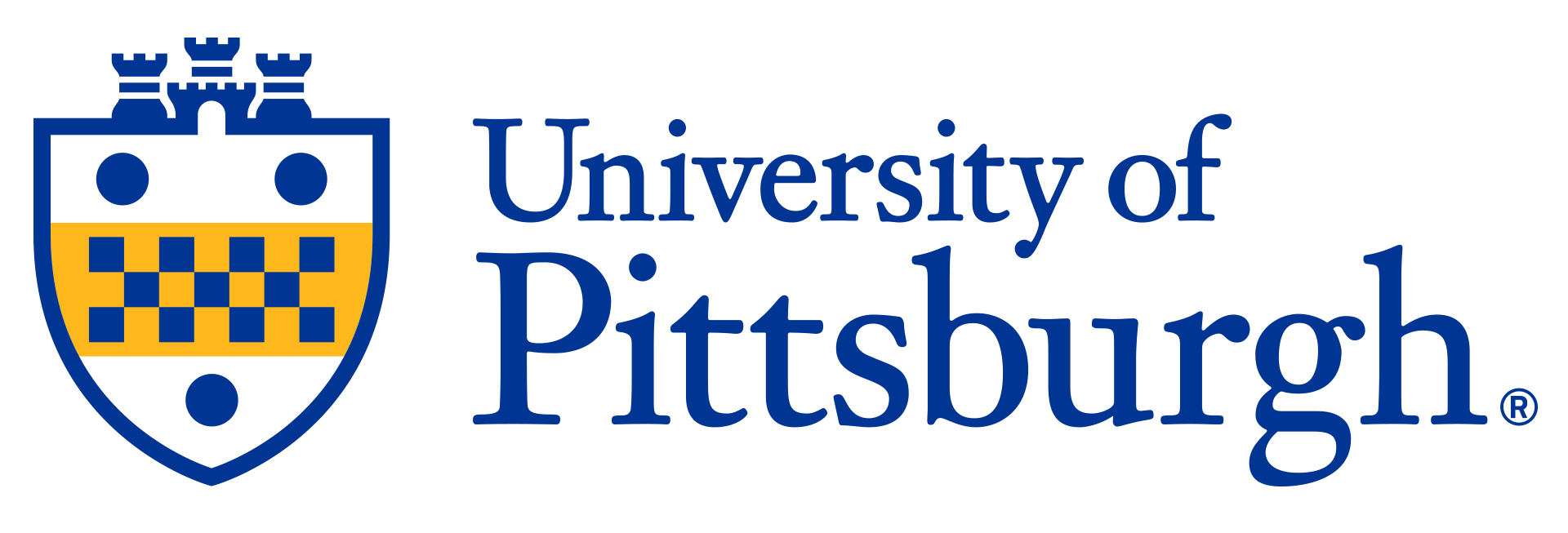

Novel Use of Medical Images to Predict Outcomes
University of Pittsburgh researchers have developed a method to predict outcomes of diseases based on medical images. Utilizing advances in artificial intelligence (AI) and machine learning (ML), it is possible to predict changes in aneurysms or cancerous tumors over time, allowing clinicians better understanding of the risks to patients and thereby taking interventions where required.
Description
Aneurysms and cancerous tumors are often “ticking timebombs” in patients. Their presence poses a substantial threat to patients, but clinicians face a difficulty in predicting when and where in the body they may travel or spread, causing harm or even death. Cerebral aneurysms alone are linked to around half a million annual deaths globally and understanding how they develop with time remains an unmet clinical need. This novel approach uses AI to predict future changes in growth shape and morphology, and to determine the historical changes allowing clinicians to accurately predict risk of rupture or metastasis.Applications
• Cancer treatment• Vascular disease management
• Predicting metastasis
Advantages
Many aneurysms and tumors are discovered incidentally during other medical investigations. There is a lack of information on the initiation of these growths and why they are present in the part of the body they are observed. This knowledge gap has made it challenging for clinicians to predict future outcomes and manage patients. Traditional statistical analysis is unable to solve this problem.This novel method uses forecasting models, such as those used in weather prediction, to allow for prediction of time-dependent changes based on medical images of the tumor or aneurysm.